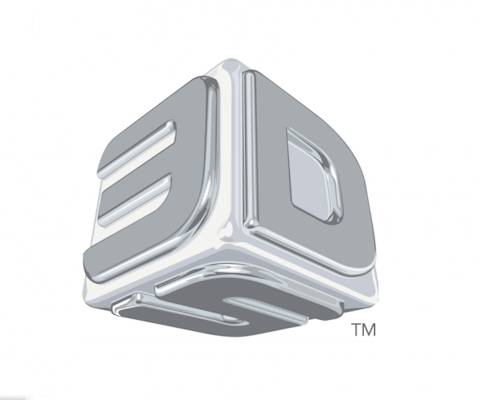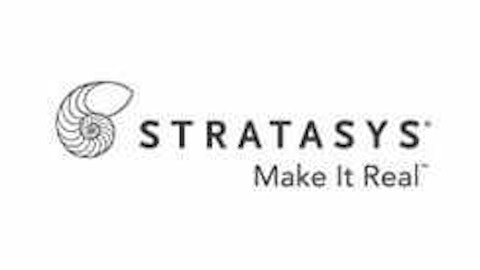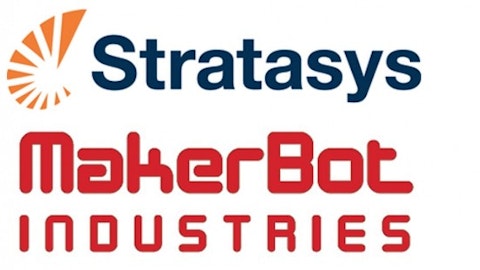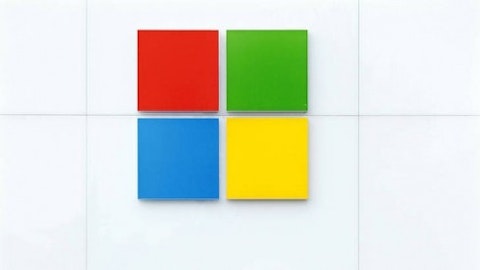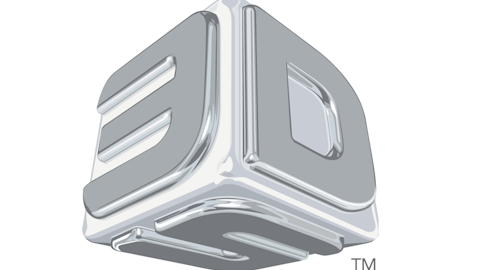The Industrial Revolution, driven by a confluence of several significant innovations across multiple industries, absolutely changed the world. These innovations made it faster, easier, and cheaper to mass-produce things that had been inaccessible to the common man before, creating a huge consumer market while also making the jobs that would pay for these newly available consumer goods.
From Wikipedia:
The Industrial Revolution marks a major turning point in history; almost every aspect of daily life was influenced in some way. In particular, average income and population began to exhibit unprecedented sustained growth. In the words of Nobel Prize winner Robert E. Lucas, Jr., “For the first time in history, the living standards of the masses of ordinary people have begun to undergo sustained growth … Nothing remotely like this economic behavior is mentioned by the classical economists, even as a theoretical possibility.”
Simply put, it altered the very landscape of human life and continues to do so today. Yet as manufacturing technology has continued to become even more efficient and automated, our ability to produce one-off, unique, or customized items has essentially remained the purveyance of craftsmen, or specialized companies, meaning slow, expensive, and not viable for the common man. But with the advent of “additive manufacturing,” or so-called 3D printing, this new evolution in manufacturing may significantly alter the way we acquire and consume goods, and drive manufacturing of specialized items to places it’s never been before.
And for investors, this could be the ground floor.
Old technology, new applications
3D Systems Corporation (NYSE:DDD) has been around since 1986, so to call 3D printing new, isn’t really true. Consider this: In 1986, Microsoft Corporation (NASDAQ:MSFT) generated $310 million in annual revenue. 3D systems didn’t reach $300 million in annual revenue until just this year, while Microsoft generated $76 billion over the past 12 months. The difference? Microsoft Corporation (NASDAQ:MSFT)’s technology wouldn’t matter if it wasn’t for the simultaneous growth of the personal computer, or PC, fostered by things like Moore’s Law, where microprocessors continually become more powerful and inexpensive, and things like the internet that allow consumers to use the PC to improve our lives, become central to daily life.
3D printing also requires “supporting” technologies to drive both capability and demand. And the last half-decade has finally begun to show advances, ranging from tougher plastics, to ceramics for applications ranging from aerospace parts at one-tenth the cost to dental implants while you wait, metals for highly customized components in automotive applications, and even the ability to use “bio-printers” to print human tissues using a patient’s own cells.
And this doesn’t even touch on the possibilities for consumer-based printers. It may sound outlandish, but one day in the future we may buy a design for new dishes online, and just print them at home instead of heading out to the local “Dishes R Us” to pick up a pattern and color that we’re not quite exactly happy with. This concept could extend to nearly everything in the home, and it also gives us the power to customize products to our needs and wants.
Simply put, the sky’s the limit as to where these technologies can go.
More than just one player
Industry consolidation has been heavy over the past few years. 3D Systems Corporation (NYSE:DDD) has been a bit of a “serial acquirer,” buying dozens of smaller players, both in manufacturing and distribution, as it works to both grow its portfolio of technology and expand its distribution network. And while there is a risk of “diworsification,” to channel my inner Peter Lynch, CEO Abe Reichental has done a tremendous job focusing on acquisitions that drive both innovation and growth while not stepping outside the company’s strengths. A good example is the recent acquisition of France-based Phenix Systems, expanding into metals-based 3d printing, an area that had been viewed as a weakness for the company.
